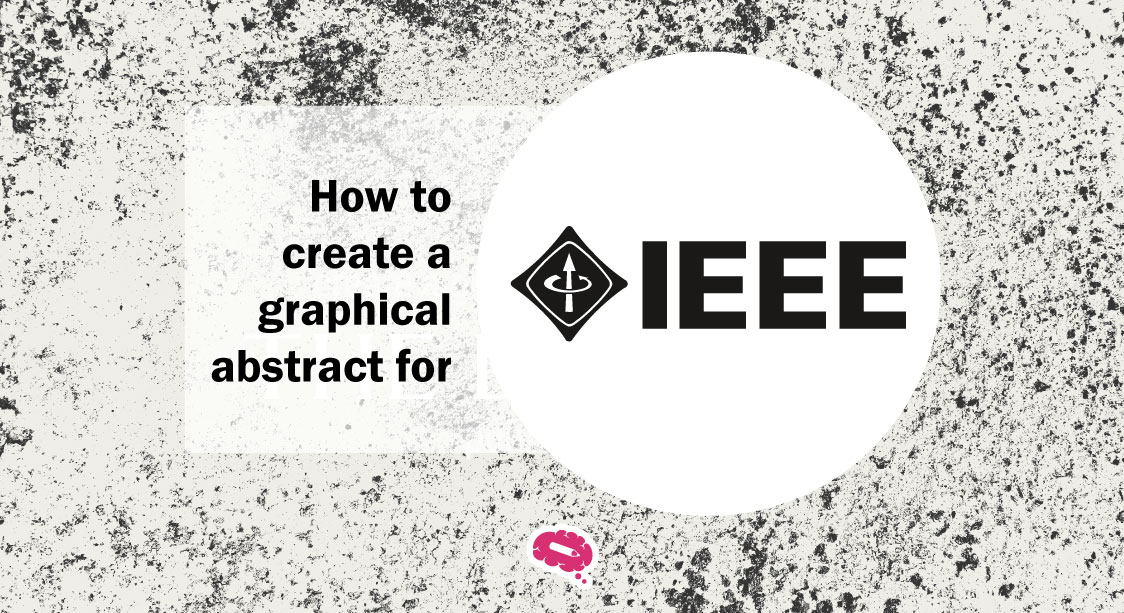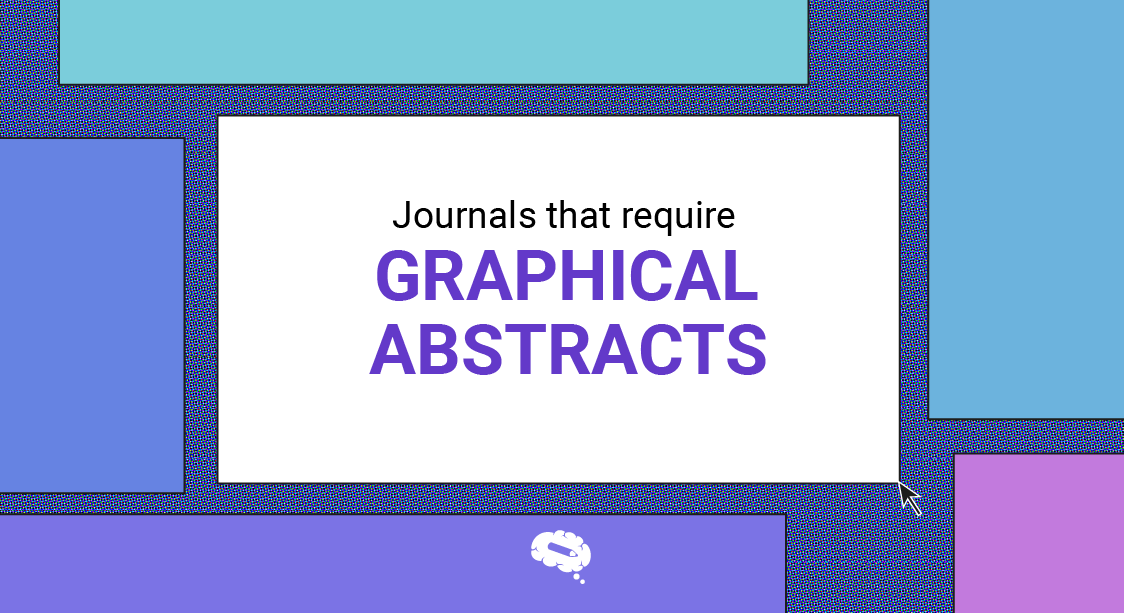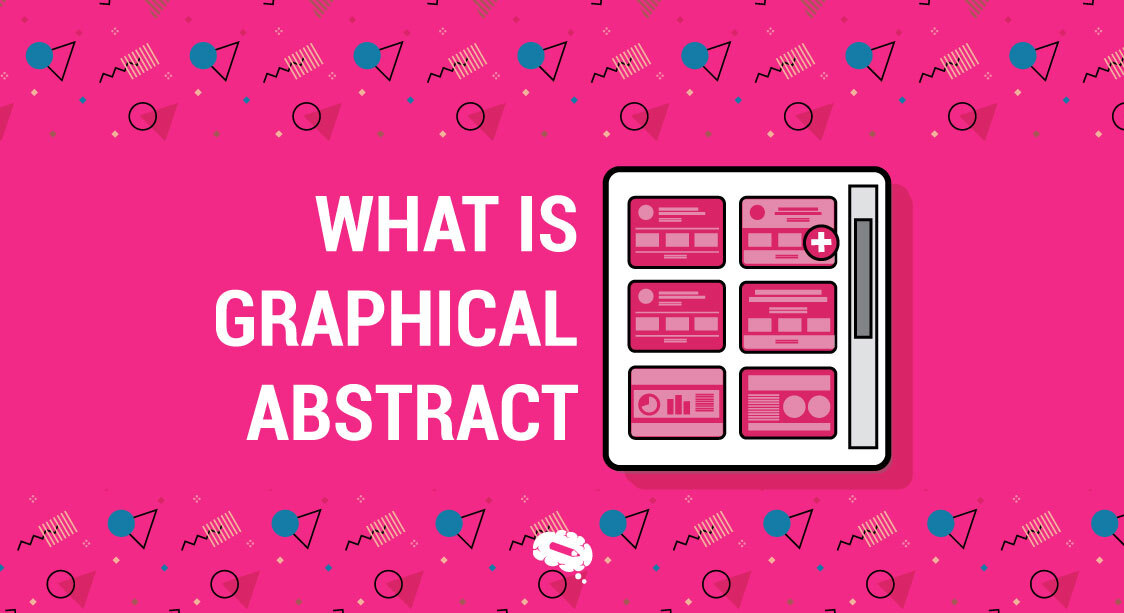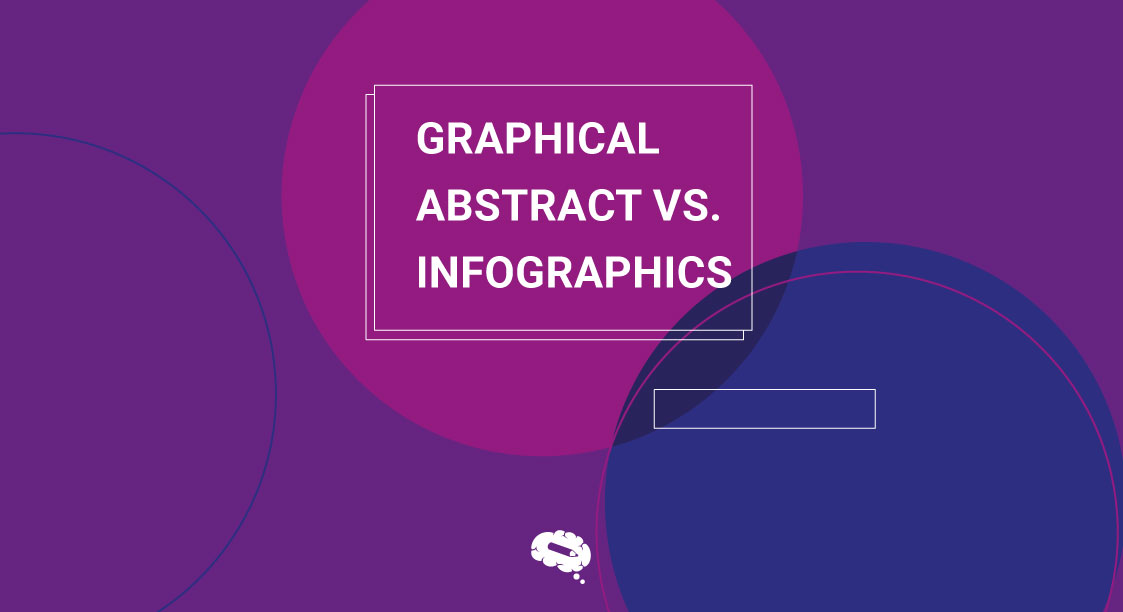Creating a graphical abstract is an important way to present research clearly in the academic field. A graphical abstract provides a visual summary of the principal findings of a paper, making it easier for readers to grasp complex concepts quickly and efficiently. This is particularly important in an era where the sheer volume of published research can overwhelm potential readers. In this article, we will guide you through the process of effectively creating a graphical abstract for IEEE publications. We’ll cover the essential elements to include, provide tips on design and layout, and discuss how to ensure your graphical abstract meets IEEE’s specific guidelines.
Understanding the Purpose of a Graphical Abstract
A graphical abstract is a concise visual summary designed to emphasize the main points of a research paper. It should highlight the key findings or concepts, presenting them in an engaging and easily understandable format. Include a caption that describes the image to provide context and clarify its relevance to the paper’s main points.
Unlike traditional abstracts, which are purely text-based, a graphical abstract combines images, diagrams, and minimal text to convey the essence of the study. The goal is to provide a quick, intuitive overview that captures the reader’s attention and helps them understand the core message of the research at a glance. Distilling complex information into a visually engaging format, graphical abstracts bridge the gap between the detailed content of the paper and a broader audience, including those with less technical expertise.

A well-crafted graphical abstract for IEEE enhances the visibility and impact of the research by making it more accessible and easier to understand. It also significantly contributes to the spread of information, as graphical abstracts are often used in digital platforms, social media, and promotional materials to attract readers to the full paper. Requiring graphical abstracts, IEEE highlights the importance of researchers communicating their findings in a way that transcends language barriers and technical jargon, thereby broadening the reach and influence of their work.
Essential Components of a Graphical Abstract
When designing a graphical abstract, it is essential to focus on three key elements: visual clarity, conciseness, and relevance to the content. When considering how to create a graphical abstract for IEEE, these elements work together to ensure that the abstract effectively communicates the core message of the research to a wide audience.
Visual clarity: The imagery and layout should be clean, well-organized, and easy to interpret. Avoid clutter and unnecessary details that could distract from the main points. The use of color, contrast, and typography should be intentional, guiding the viewer’s eye to the most important aspects of the research. The goal is to create a visually appealing representation that highlights the study’s key findings without overwhelming the audience with information.
Conciseness: A graphical abstract should distill the essence of the research into its simplest form. This means focusing only on the most important data, processes, or concepts, and presenting them in a way that can be quickly understood. The text should be minimal and used only to complement the visuals or to clarify specific points. By keeping the abstract concise, researchers can ensure that it remains engaging and accessible to a broad audience, including those outside the immediate field of study.
Relevance to the content is crucial for ensuring that the graphical abstract accurately reflects the research. The visuals chosen should directly relate to the key findings or contributions of the study. This means avoiding generic images or unrelated graphics, and instead, selecting visuals that are specific to the research topic. Maintaining relevance ensures that the graphical abstract accurately represents the paper’s content and enhances the reader’s understanding of the material. This alignment between the graphical abstract and the research makes it a reliable and effective communication tool.
Step-by-Step Guide on How to Create a Graphical Abstract for IEEE
Step 1: Know the Guidelines
Before you begin creating your graphical abstract, it’s essential to familiarize yourself with IEEE’s specific requirements. IEEE mandates that graphical abstracts must be visually clear, concise, and directly related to the content of the research:
Layout: Ensure a clear start and end, ideally organized for top-to-bottom or left-to-right reading. Minimize distracting and cluttering elements.
Image Size: Provide an image with a minimum size of 1328 x 531 pixels (width x height) and a resolution of 300 dpi. For larger images, maintain the same aspect ratio (500 x 200 pixels). The image will be scaled proportionally to fit within a 500 x 200-pixel rectangle on ScienceDirect.
Font: Use Times, Arial, Courier, or Symbol with a large enough font size, considering the image will be reduced to fit a 200-pixel-high window in the table of contents.
File Type: Preferred file formats include TIFF, EPS, PDF, or MS Office files.
Text and Labels: Do not include additional text, outlines, or synopses. Any text or labels must be part of the image file, avoiding unnecessary white space or headings like “graphical abstract” within the image.
Step 2: Choose Your Tools
Selecting the right tools for creating your graphical abstract is crucial for producing a high-quality visual. Some popular tools include Adobe Illustrator, which offers advanced vector graphics capabilities, and Microsoft PowerPoint, which is user-friendly and widely accessible. Inkscape is a free alternative that provides robust vector graphic tools, while Canva offers a range of templates and design elements that can be customized for your abstract. Mind the Graph provides specialized tools for designing graphical abstracts with pre-made templates and easy-to-use features tailored for scientific visuals. Each of these tools has its strengths, so choose one that best fits your comfort level and the complexity of your design needs.
Create your Graphical Abstract for IEEE with Mind the Graph
Step 3: Plan Your Design
Planning your design is a critical step in ensuring that your graphical abstract effectively communicates the essence of your research. Start by identifying the key message or finding that you want to highlight. Organize your content into a logical flow, ensuring that the most important information is prominently displayed. Keep the design simple and avoid overcrowding the abstract with too many elements. Use a limited color palette to maintain visual coherence, and employ icons, diagrams, or illustrations to represent complex concepts succinctly. The goal is to create a visual that is not only informative but also aesthetically pleasing and easy to understand.
Step 4: Create the Graphical Abstract
Once you have your design plan, it’s time to bring your graphical abstract to life. Begin by setting up your canvas according to IEEE’s size requirements. Use your chosen software to place the key elements of your design, such as images, icons, and text, in a balanced layout. Pay attention to alignment, spacing, and hierarchy to ensure that the most important information stands out. Consider using contrasting colors, clean lines, and consistent fonts. If your research involves data, consider incorporating graphs or charts that are clear and easy to interpret. Remember, the aim is to convey the core findings of your research as clearly and visually as possible.
Step 5: Review and Refine
After creating your graphical abstract, review and refine your work to ensure it meets IEEE’s standards. Proofread any text for clarity and accuracy, and check that all visual elements are aligned with your research content. It’s also helpful to seek feedback from colleagues or peers to identify areas that may need improvement. Ensure that your abstract is visually balanced, free of errors, and adheres to the formatting and size guidelines specified by IEEE.
Common Mistakes to Avoid
When creating a graphical abstract, it’s important to steer clear of common pitfalls that can detract from its effectiveness. Here are some key mistakes to avoid:
Overloading with Information: One of the most common errors is trying to pack too much information into the graphical abstract. While it’s tempting to include every detail of your research, this approach can overwhelm viewers and obscure the main message. Instead, focus on highlighting the most crucial aspects of your study. A graphical abstract should serve as a quick, visual summary, not a comprehensive explanation. Keeping the content concise and to the point helps ensure that the abstract remains engaging and easy to understand.
Using Complex Visuals: Another mistake is the use of overly complex visuals that can confuse rather than clarify. While sophisticated diagrams or intricate graphics might seem impressive, they can make it difficult for viewers to grasp the core findings of your research at a glance. It’s better to opt for simple, clean visuals that convey the key message directly and clearly. Avoid clutter and unnecessary embellishments; every element of the graphical abstract should serve a clear purpose and contribute to the overall understanding of the research.
Ignoring IEEE’s Guidelines: Failing to adhere to IEEE’s specific guidelines is a critical mistake that can result in the rejection of your submission. IEEE has clear requirements regarding the size, format, and content of graphical abstracts, and not following these can undermine the effectiveness of your abstract. Common issues include using fonts that are too small, exceeding the allowed dimensions, or including too much text. To avoid these pitfalls, carefully review IEEE’s guidelines before starting your design and ensure that your final abstract complies with all the specified standards. This not only increases the chances of acceptance but also ensures that your abstract effectively communicates your research to a broad audience.
Your Graphical Abstract Ready within Minutes!
Mind the Graph offers a streamlined solution for scientists needing to create graphical abstracts quickly and efficiently. The platform enables researchers to have their graphical abstracts ready within minutes, thanks to its user-friendly interface and a wide array of pre-designed templates. Scientists can easily customize these templates with their data and visuals, ensuring that their key findings are effectively communicated. Mind the Graph simplifies the design process, allowing researchers to focus more on their research and less on complex graphic design tasks.

Subscribe to our newsletter
Exclusive high quality content about effective visual
communication in science.






